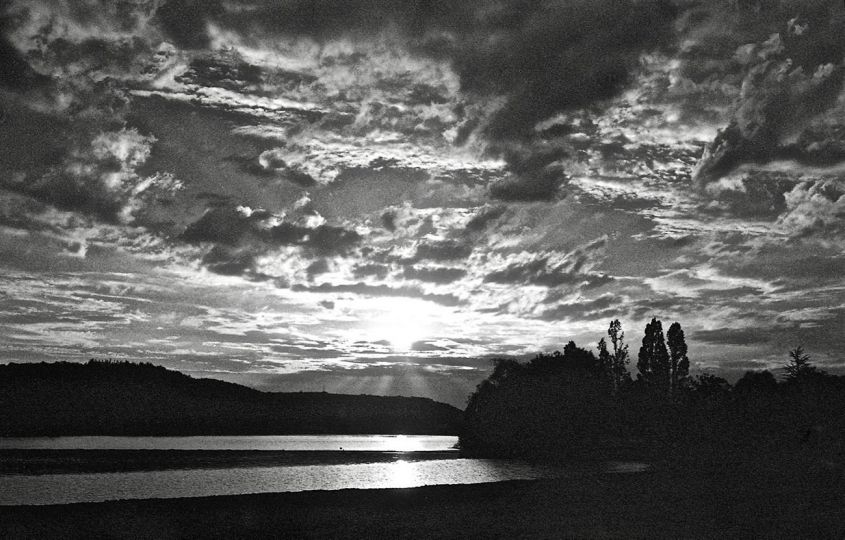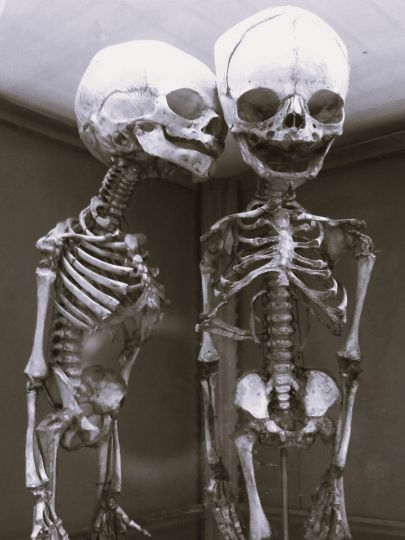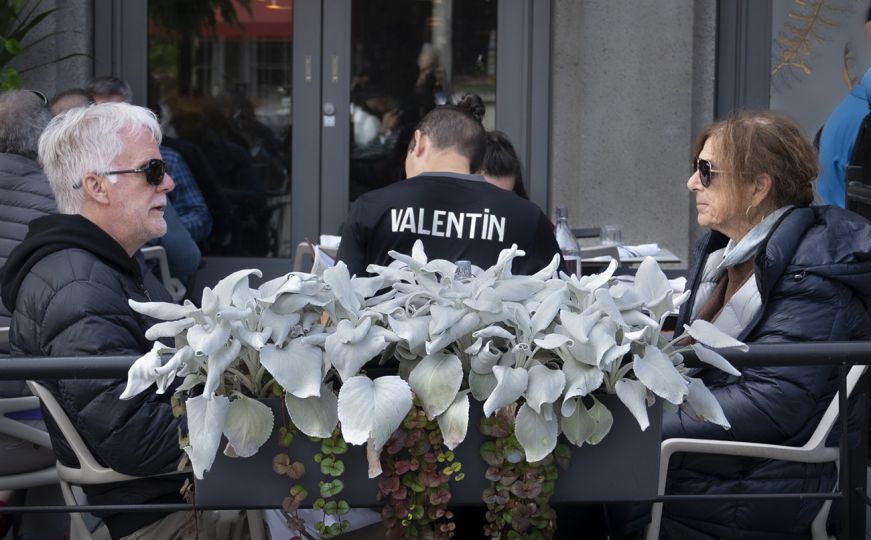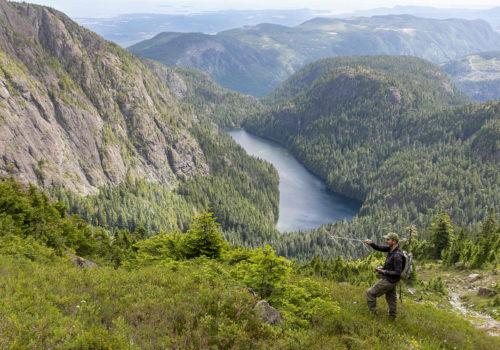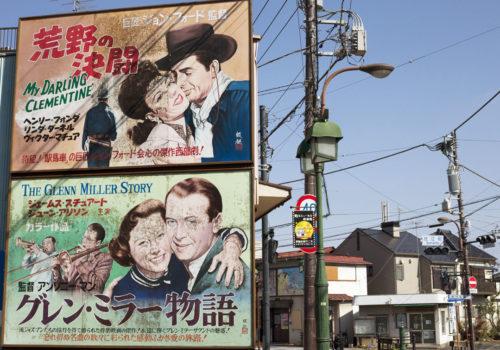It was my inveterate curiosity that, during my last column, led me into an investigation that was far too serious and in-depth compared to my initial intentions; moreover, it would not be finished since I committed myself at the end of this focus devoted to the fascinating photos of Count Charles de Clugny to put black on white, – extreme contrast which is not the prerogative only of photographers, since the writers also devoted themselves to it when the ink of their prose concretely smeared their paper support, … to put black on white therefore, the biography, at least what we know of it, of this amateur with cave dwelling inclinations, so endearing by his attraction for the irresistible contrast between the delicate and vulnerable roundness of female flesh and the irreducible hardness of the sharp rocks with which he likes to represent them.
At a distance from these too serious exercises, it will therefore be appreciated to indulge today in much more pleasant considerations and to discover together to what extent, contrary to the image of seriousness that it gives us, nude photography can sometimes turn out to be whimsical, sometimes entertain us with bizarre and even wacky representations, ‒ moderately serious in any case. This from the publication of the first collections of nude photos published on plates in Leipzig at the end of the 19th century. by serious Herrs Doktors who abandoned their seriousness of professional architects at the door of the studio. But, should we really consider Max Koch and Otto Rieth as the authors of Der Act (The Nude), ‒ I mean as the photographers who manipulated the room where the images of the future book were made, or were they not- Rather, they were not essentially scenographers, inventing architectures of bone and flesh using platforms (Ills. 1, 2 & 3) and 120° mirror devices (Ills. 4, 5) which allowed them to obtain with a single model three subjects, under different points of view and various postures in appearance, an illusionist combination where, before the distortions of Andre Kerstesz (we will eventually get there) the mirror plays the leading role.
This large portfolio of 100 plates printed in rotogravure in 1895 and probably marketed in deliveries of 10 plates, was not, judging by its rarity today, published in large quantities; it is only very exceptionally complete (no more than seven copies listed worldwide in public libraries) and collectors who only own a few disparate plates are already very happy.
More widespread are the naked fantasies that Émile Bayard (1868-1937) offered on the newsstands from October 1902, in weekly deliveries of 4 large plates 38 cm high with an illustrated soft cover (Ill. 6). Nothing predestined this polygraph specialist in the history of the fine arts and the applied arts, ‒ author in particular of the famous popular series The art of recognizing…, to invest himself so fully in “The nude aesthetic. The man , women, children. Album of unpublished artistic documents from nature (E. Bernard, printer-publisher, Paris), except that it was accepted at the time that nude photographs were a precious creative tool. for artists. Often 7-8 pictures per plate, cut chisel like and laid out haphazardly, framed by dark circles or imprisoned in cartridges of irregular shape (Ill. 7), sometimes very unattractive, whose general physiognomy moreover varied during the publication, it was a gynecium of several hundred women (including some frequently represented) accompanied by men, old men, children, boys and adolescent girls, and … some fabulous animals , which was offered for one franc (Napoleon) to the concupiscence of our great-grandfathers.
From the fourth year, the double page consisting of the back cover was very frequently occupied by a single photo comprising up to eight, or even ten, nude models (Ill. 8) grouped together in stagings of unbridled imagination based on heavy conventional analogies, where kitsch competed with comical, enigma: “A dominant idea came to us, that of a culminating point from which a group would unfold. she was able to climb (Ill. 9) – she quickly became dizzy and soon gave way to another more intrepid one, then, successively, the rungs below were filled with models, “dressing” the ladder, looking for ramifications, a homogeneous mass which finally, by dint of trial and error, was achieved.” (commentary by É. Bayard, Le nu esthetic, no. 44, p. 31, May 1906). Thus we are led from this ascent to some height of eight on the scale (of virtue?) to the weak assault opposed by a troop of unvindictive virgins to the abduction of a not very shy centaur himself (Ill. 10) or the simulacrum of a beautiful young woman’s crucifixion (Ill. 11), almost radiant at this prospect which would have carried Sade to ecstasy, to wonder whether, in these hundreds of pages where women rode junky lions or navigated on pasteboard dolphins (Ill. 12) borrowed from Méliès’ accessories store, nude photography such as the Bayard practice is more than a pretext to achieve, ‒ to give a real and concrete form, a delirium mixed with mythology and religiosity, emblems and symbols. “In the spread format of our two immaculate pages, Fame has spread its white wings (Ill. 13). This symbolic figure salutes both our success and our efforts.” (Le Nu esthetic, n° 37, p. 4, Oct. 1905).
That said, there is something bewitching, absolutely staggering even, in the extravagance, the eccentricity accumulated here with a certain innocence during the sixty weeks of publication. Bayard was not a photographer; he was hardly an artist either; on the other hand, he was an inexhaustible talker, a remarkable analyst who did not hesitate for a moment to direct his reflection in all directions, reflections on nudity, on the differences between the sexes, on feminine beauty…, to keep his readers in suspense on the four weekly pages of too-thin newsprint given over to his dissertations. As well as looking, it gave something to read, to think about. This, among other things, justifies our interest and our consideration for him.
The photographer, E. Forestier, of whom our ignorance is total, was no more an artist, just a cameraman. A few pages leafed through at random will suffice to convince you of this: the negligence of the sets, the backstage areas visible to the spectator, variously cluttered, the floors lined with crumpled rugs, the models photographed, certainly very diverse, but sometimes unsightly, miserly with awkward and heavy postures, all this testifies to a carelessness and a laxity that is simply appalling; well likely in any case to arouse the indignation of a Bouguereau, a Gérôme, painters so neat and demanding, of whom Bayard nevertheless never ceased to claim issue after issue on the covers of his publication!
Sold in weekly deliveries, ‒ at an affordable price as a result, Le nu esthetic was widely distributed, all the more so as its publisher put on the market annual (and even biannual) compilations grouped under a very beautiful embossed cardboard portfolio, enhanced with gold (Ill. 14), still very pleasant. Relegated to the attic during the interwar period, these outdated magazines were dispersed after the second war and, during the 1960s, strollers on the quays of the Seine, a little dumbfounded, could acquire for a few pennies in the boxes of booksellers some of these sheets which have become astonishing vestiges of 1900 eroticism.
Fragments at least of the Nude aesthetic appear in all curiosa collections, at least those of collectors who show a historical, sociological or aesthetic interest (?) for the 1900 nude. Because the plates were no longer paginated after the second year of publication, it has become almost impossible to find the initial order of those which over the years (more than a century!) have inevitably been downgraded by manipulation. Also, complete copies ‒ and in an order close to the original, are very rare, not to say exceptional (even that of the BnF has gaps and some passages in disorder) and can therefore reach prices a little demanding.
Except in Germany, collections of printed nude photos were not very abundant before 1920; even less those which, like the Nu esthetic, were marked with the hallmark of fantasy and whimsy; and it will be necessary to wait a quarter of a century for this state of mind to manifest itself again, under the influence of, among others, Dada and surrealism, nude photography will take on an absolutely explosive unbridled creativity. This will be the subject of my next column.
Alain-René Hardy
L’ivre de nus







